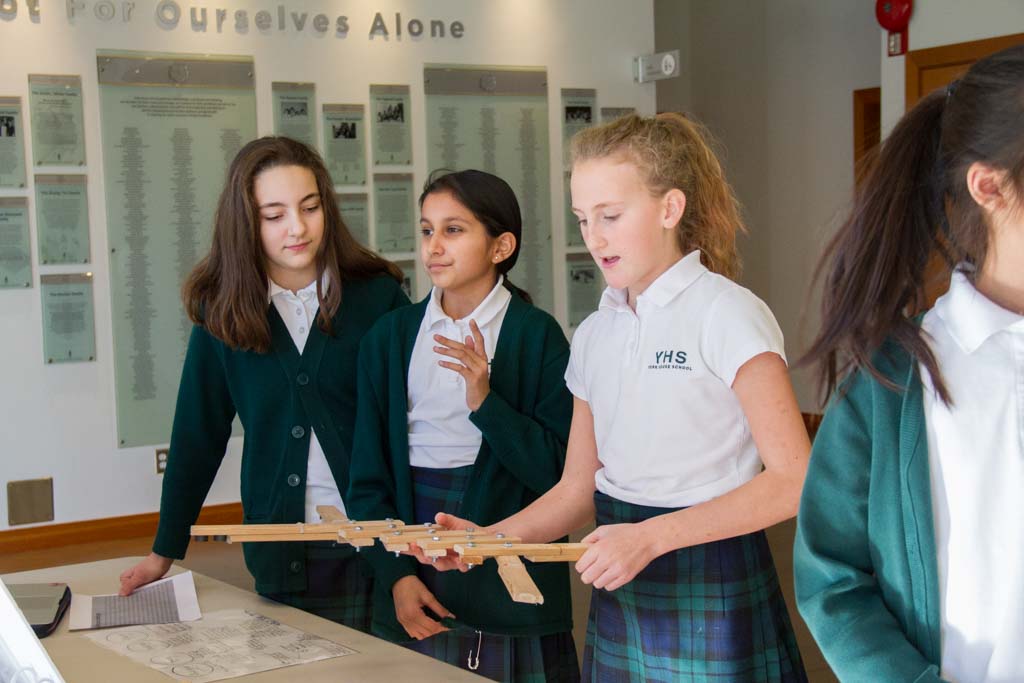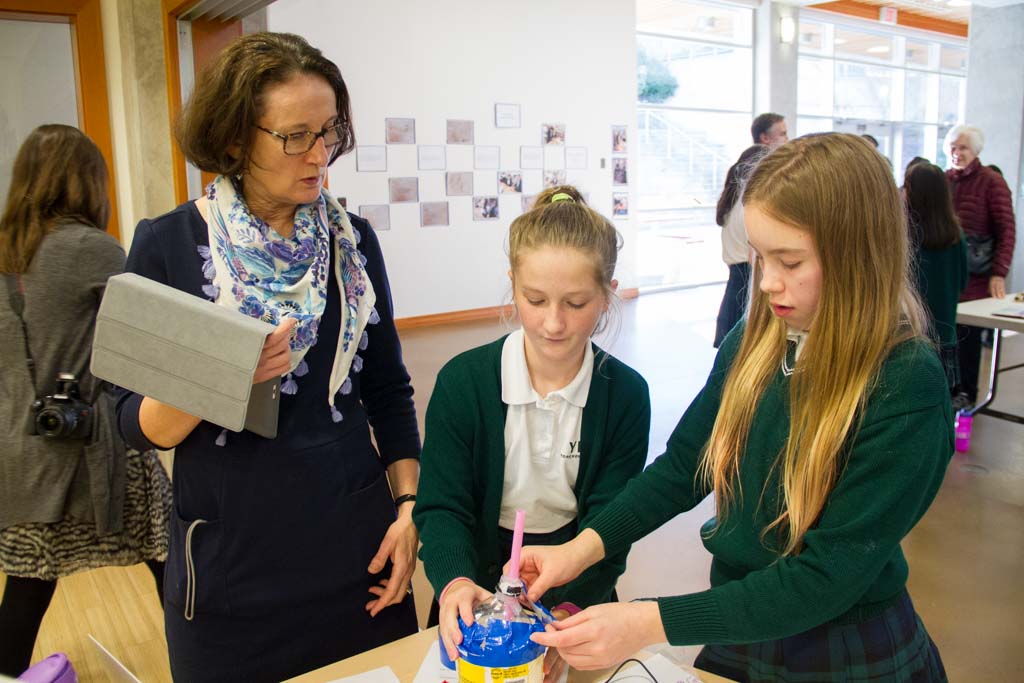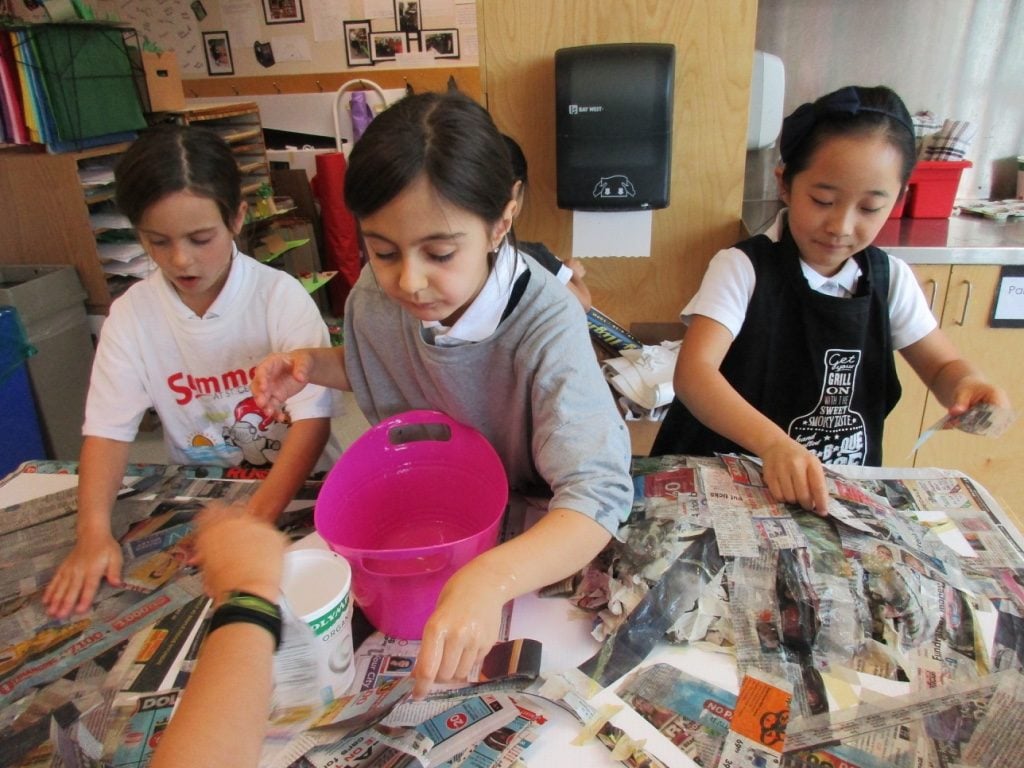
Biomimicry, being inspired by nature’s design, solve problems, and create new products, is reaching all sectors of society from architecture to medicine (https://biomimicry.org). This year’s Grade 6 students were involved in an in-depth study, using Design Thinking and Biomimicry, to address the question: ‘What can we learn from Nature to help us solve problems in our everyday lives?’
A collaborative project between the Grade 6 teachers, Christine Addison, Kathy Chevreau, the STEAM coordinator, Jennifer Sharpe, and Science teacher, Lela Ling, this project touched on learning goals across the new BC curriculum.
The students began their study by first gaining an appreciation of biodiversity, adaptations of organisms, and the concept of biomimicry. In-class experimental investigations and research, as well as a visit to the Beaty Museum of Biodiversity at UBC, provided the framework to apply their understanding to the next stage of this project.
Working in small groups, using Design Thinking, the groups first brainstormed using different ideation strategies to identify a common problem shared by the group members. Once their problem was identified, they began to use their prior knowledge of biomimicry to seek out how nature solves a similar problem through incredible adaptations. Using the adaptation of an organism as an inspiration for their design solution, students entered into the next stage of the project; building and testing the prototype.

Depending on the inspiration and intended solution, students were challenged to learn many new skills and concepts: from using power tools, working with electric circuits and motors to the physics of flight were just a few of the new areas learning that took place during this project.
February 23rd was a day to celebrate the students’ learning and to showcase their design to fellow students, staff, and parents. For example, one group was inspired by the frog’s ability to absorb the impact of jumping to create a case that would protect cell phones if dropped. Another group, inspired by the elephant’s trunk, designed a user- friendly suction device to safely pick-up heavy luggage at airport carousels. These are just two examples of twenty different and original projects that visitors learned about at the Biomimicry Presentation Day. Giving students the opportunity to pursue a topic in depth and to personalize it to their own interests helped to create an incredible learning experience not only for students but also for teachers and parents alike.


